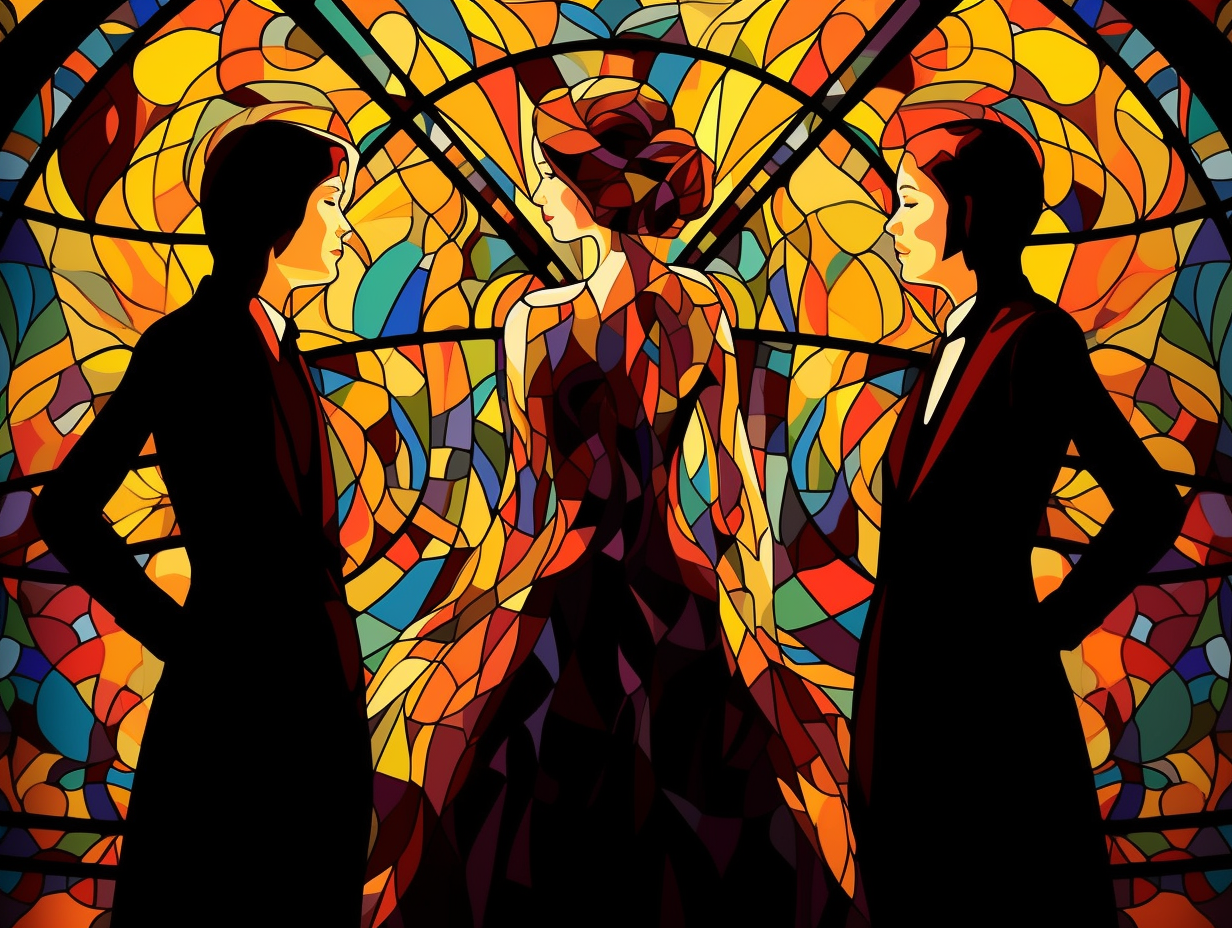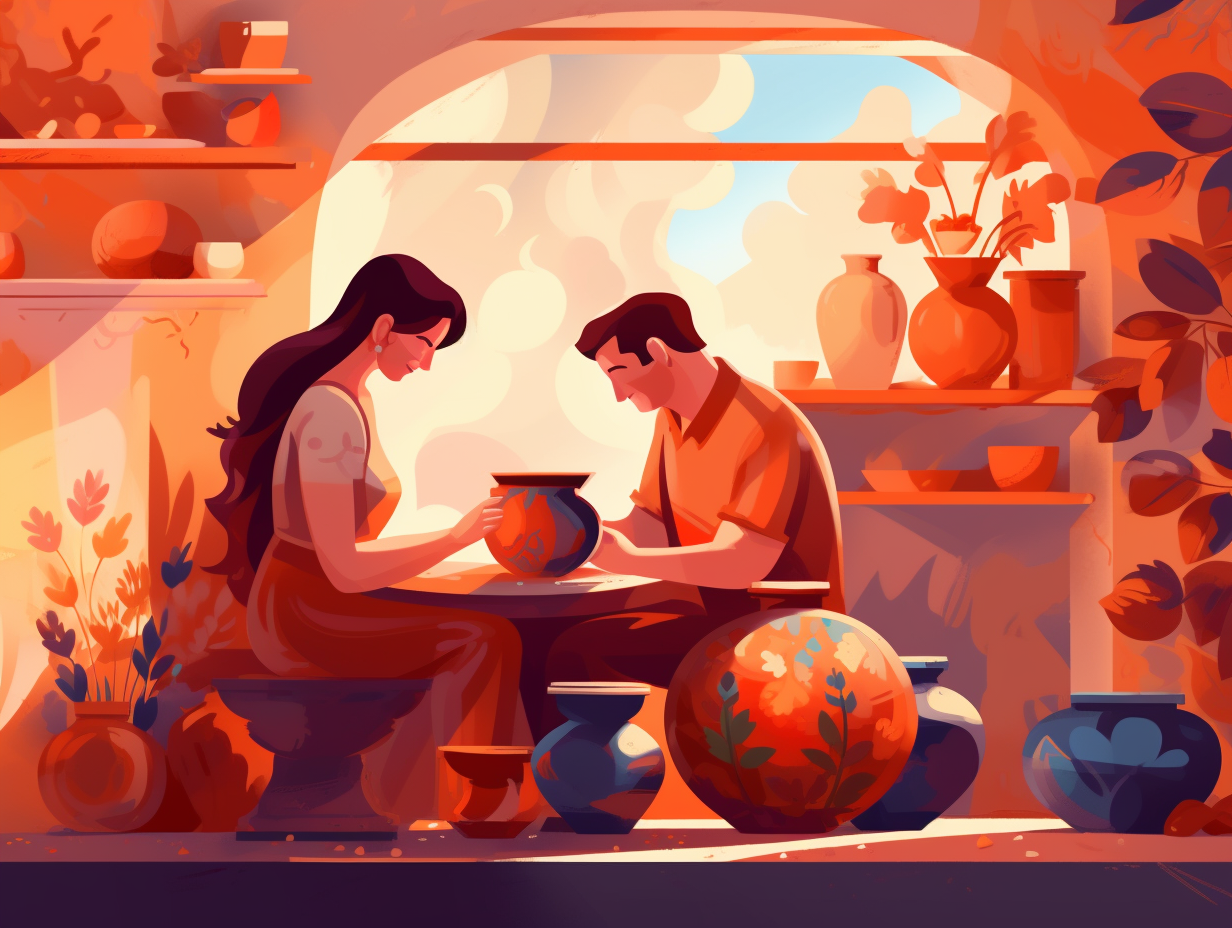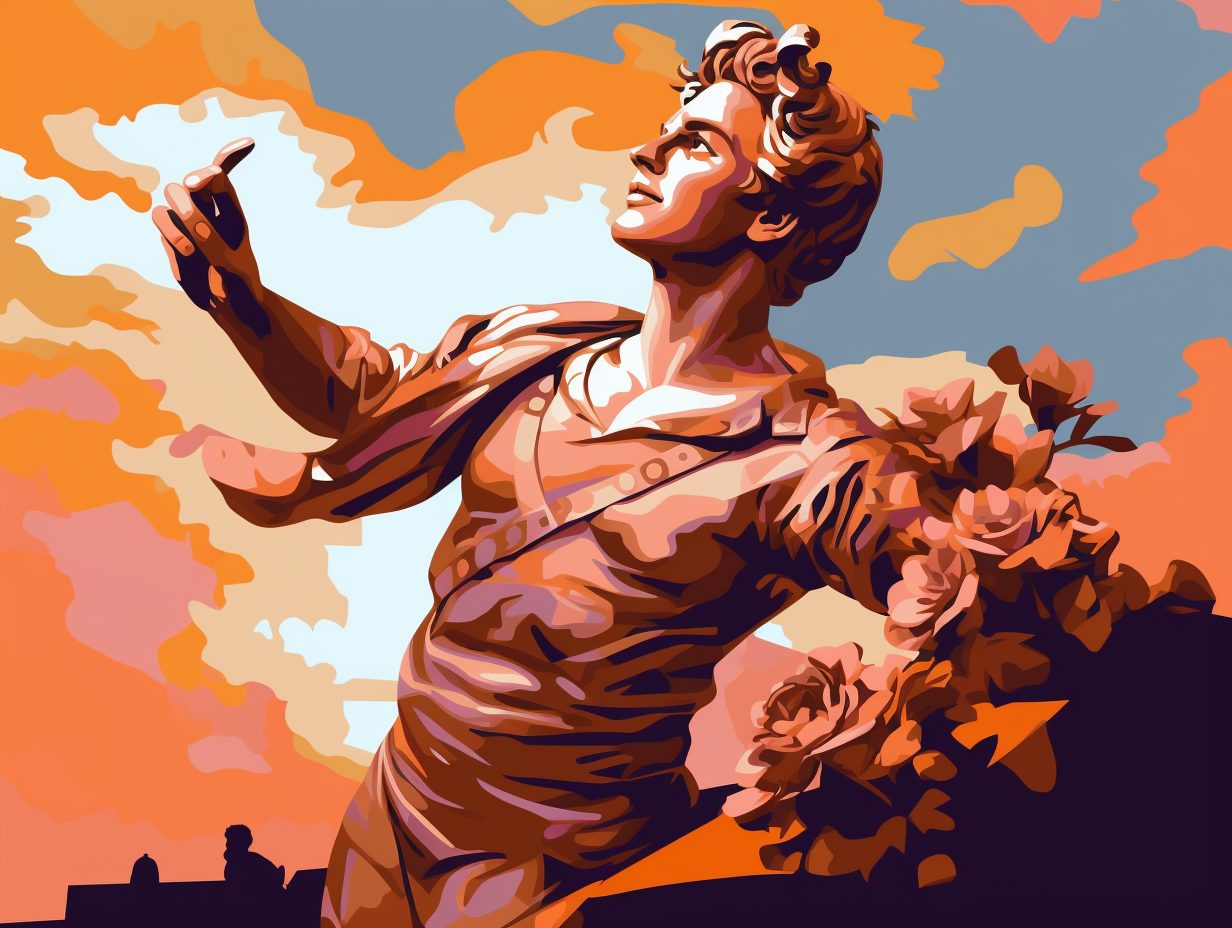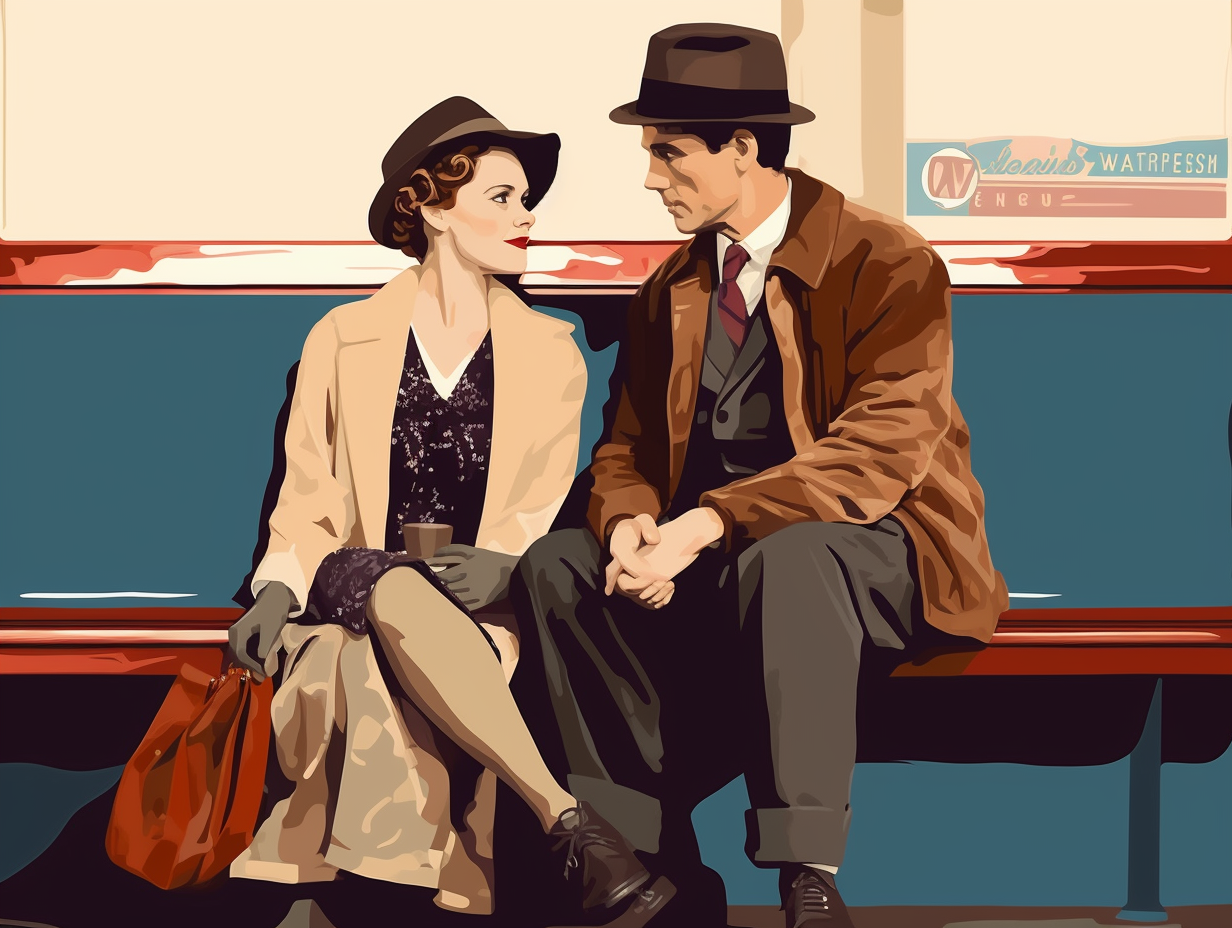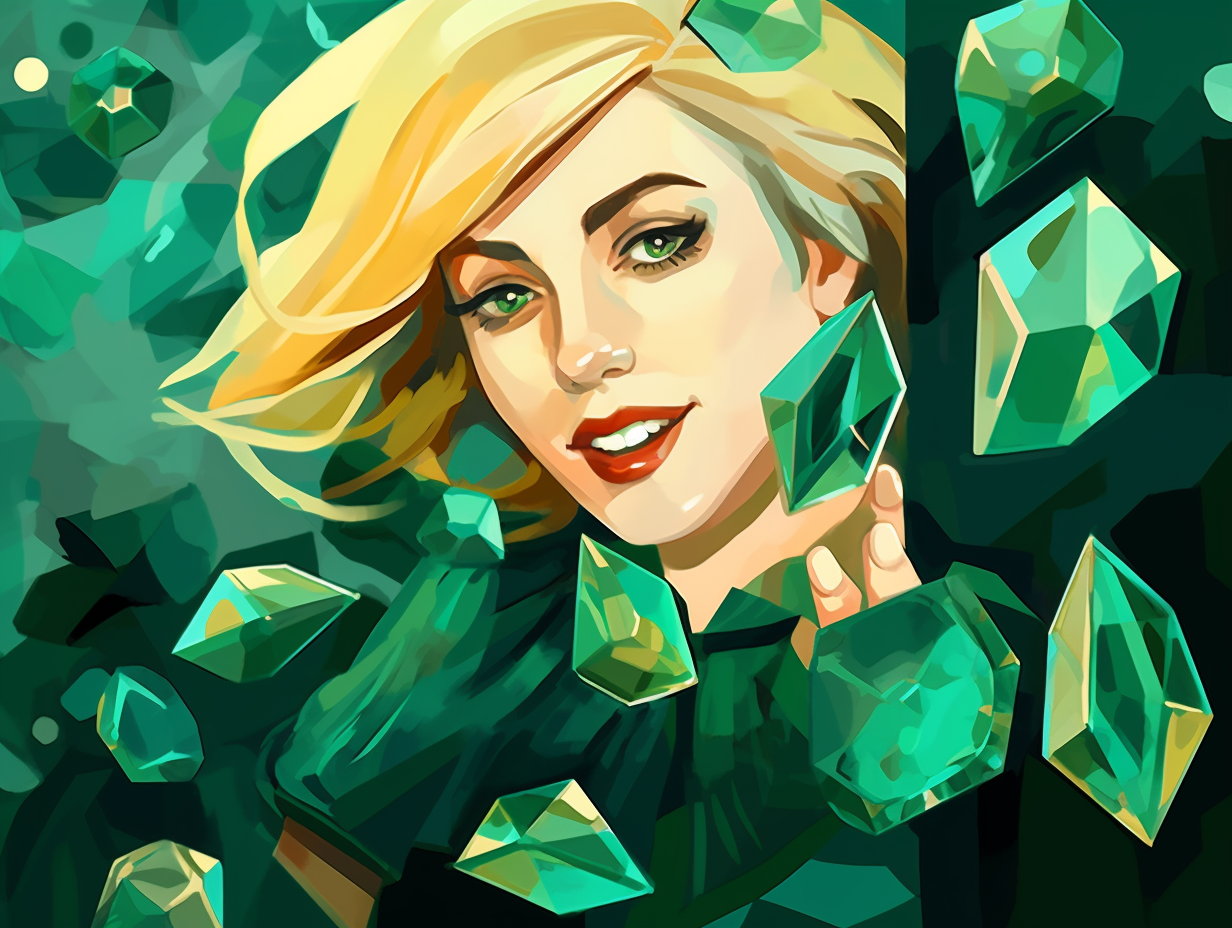Discover the Roaring 20s: Top 10 Fun Facts About Art Deco and Its Parisian Roots

1. Art Deco's Jazz Age Birth
Art Deco: the lovechild born to Jazz Age flappers and seductive machines, mingling in a world draped in geometric opulence and celebrating with a bubbly overflow of luxurious design: All this ritzy razzle-dazzle made its grand entrance in the 1925 Exposition Internationale des Arts Décoratifs et Industriels Modernes in Paris, combining traditional craft motifs with machine age imagery, and influencing everything from fine arts to transportation design in the most fabulously flamboyant style the world had ever seen!
Source => artrepublic.com
2. Streamline Moderne: Ocean Liner Style
Ever felt envious of the elegant curves of an ocean liner as it glided smoothly through the waves? Well, quell your jealousy with the knowledge that your vanquished rival is none other than the stylish Streamline Moderne: a subcategory of Art Deco that first emerged in the 1930s, strongly influenced by aerodynamic design, nautical elements, and a zest for simplicity during economically trying times. The technique, known as the "ocean liner style" in France, revolutionized architecture and industrial design by incorporating sleek materials and electric light, leaving us with jaw-dropping, streamlined masterpieces like train stations, airports, and even appliances.
Source => en.wikipedia.org

Discover how Cubism, a lovechild of Jenga and Picasso, revolutionized the art world and influenced music, literature, and architecture, all while competing with its sassy siblings, Futurism and Dada. 🎨🔲🎵
=> Fun Facts about Cubism
3. Skywalker Ranch's Deco Twist
In a galaxy far, far away – or, more accurately, California – there's a Victorian-style mansion that could easily double as a flashy art deco speakeasy from the roaring '20s: The Main House at Skywalker Ranch, built in the 1980s, showcases Art Deco elements like a black and gold color scheme and geometric patterns on the floors and walls, made even more fascinating by its use of vintage materials, such as redwood paneling rescued from one of California's earliest bridges.
Source => skysound.com
4. Gotham City's Art Deco Nightmare
Holy Art Deco, Batman! Gotham City's architectural mayhem was a smorgasbord of nightmares, with the haunting remains of a once-glorious empire lurking beneath the grime like the Batcave under Wayne Manor: Tim Burton handcrafted Gotham City's film set at England's Pinewood Studios and Knebworth House, intertwining a mélange of architectural styles to create the ultimate gritty, art deco dystopia that neither the Joker nor the Riddler would dare to redecorate.
Source => architizer.com
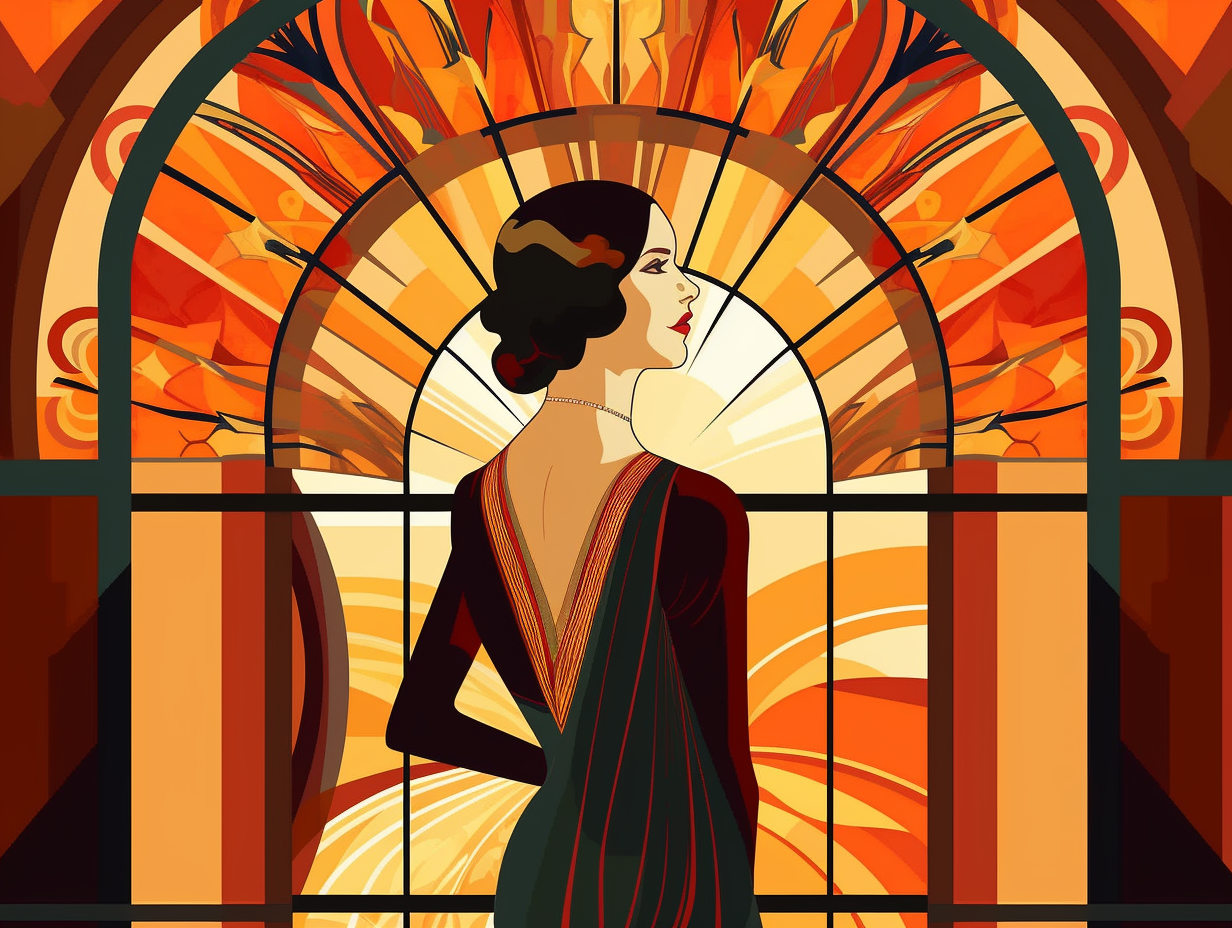
5. King Tut Meets Art Deco
King Tut's tomb must have had a "no soliciting" sign, because Art Deco designers definitely couldn't resist knocking on ancient Egypt's door for some inspiration: While the discovery of King Tutankhamun's tomb in 1922 popularized Egyptian imagery like scarabs and hieroglyphics, the truth is that the fascination for these aesthetics was already thriving in the early 1920s, thanks to other archaeological discoveries, and remained a popular element throughout the Art Deco period.
Source => vam.ac.uk
6. Glowing Stucco at the Golden Gate Expo
Step right up to witness the jaw-dropping spectacle that was the Golden Gate International Exposition of 1939, complete with see-through televisions, plastic cars, and just when you thought it couldn't get any more thrilling - glowing stucco: The fair showcased Art Deco architecture with cultural influences from Asia, Oceania, and theAmericas, including the ephemeral "Elephant Towers" designed by 26-year-old artist Donald Macky.
Source => artdeco.org
7. 1925 Paris Exhibition: Art Deco's Debut
In a tale as old as time, everyone knows the Paris Exhibition of 1925 was the roaring 20s' "Belle" of the ball, dazzling the world stage with glitz, glamour, and architectural drama: The Exposition Internationale des Arts Décoratifs et Industriels Modernes introduced Art Deco, a style that would be renamed in 1966 to honor the fair that made it famous, and become synonymous with French businesses and decorative artists' show-stopping masterpieces.
Source => metropolismag.com
8. Time Travel to Miami Beach's Deco District
Who needs a time machine when you can just take a trip to the Miami Beach Architectural District: Behold the largest collection of Art Deco buildings in the world, spanning over 5,750 acres and boasting 960 historic structures that scream of roaring resilience and dapper optimism from the Great Depression through the early 1940s.
Source => en.wikipedia.org
9. Hindenburg: Airship of Luxury
If the Titanic was the "ship of dreams," then the Hindenburg was surely the "airship of stylish living": Its stunning Art Deco interiors featured heated passenger accommodations, a colossal dining room adorned with silk wallpaper paintings, a lounge housing a duralumin baby grand piano, and even a blue-hued smoking room decked with leather furniture and lighter-than-air flight illustrations.
Source => airships.net
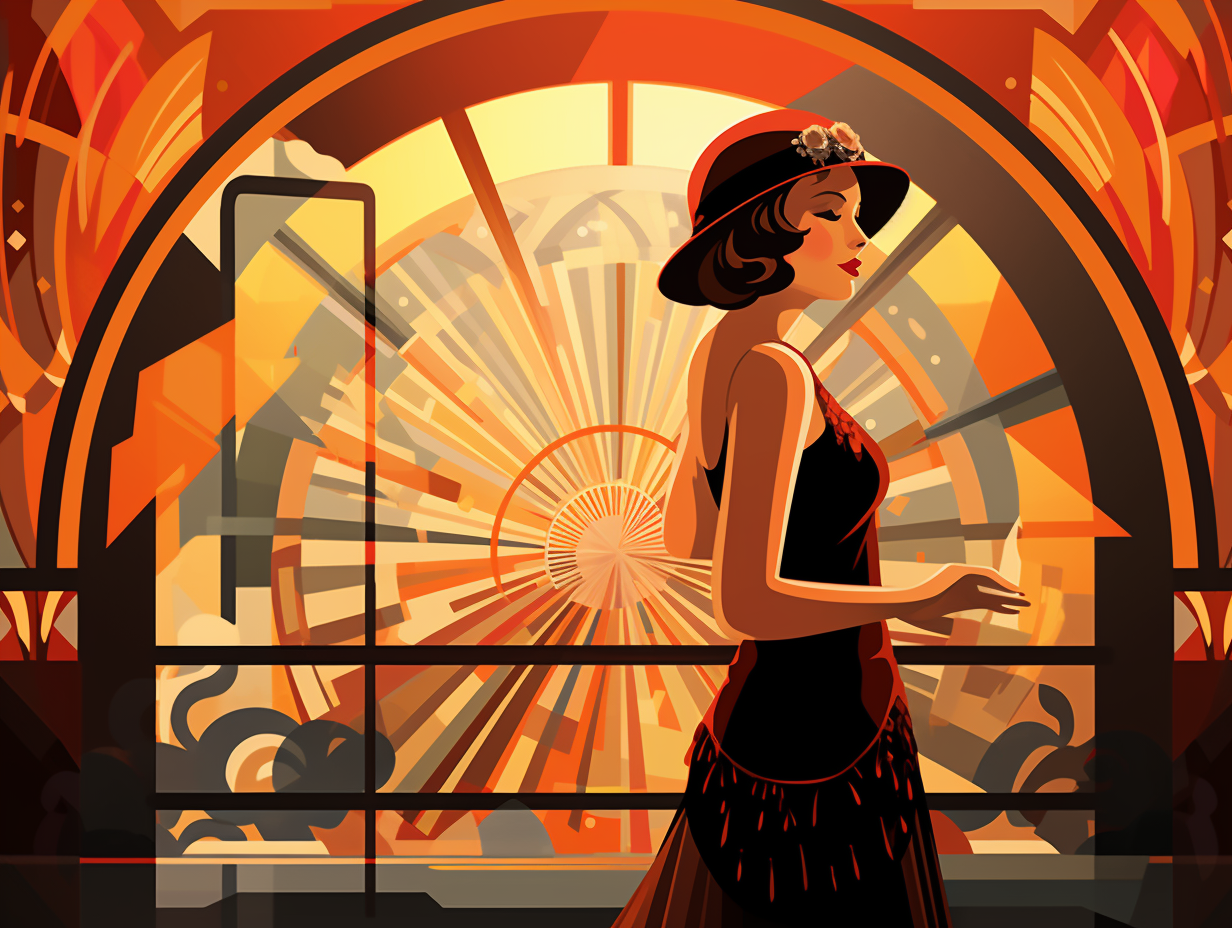
10. Art Deco Ocean Liners: Heating it Up
Who says you can't have your ship and heat it too? Behold, the fancy titans of the ocean: Art Deco ocean liners: These magnificent vessels, such as the SS Normandie and RMS Queen Mary, boasted cutting-edge technology, including a unique heating system that used hot water from the engines to warm the ship’s interior and an advanced stabilization system that made them among the most stable ships to grace the waves.
Source => artdeco.org
Related Fun Facts



